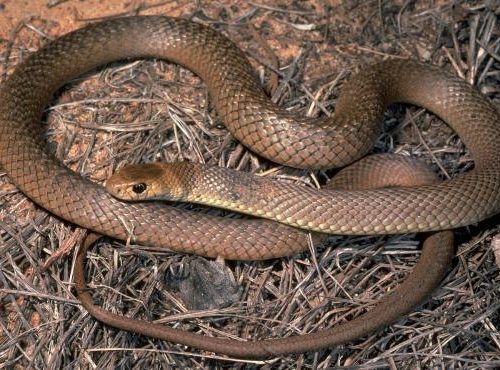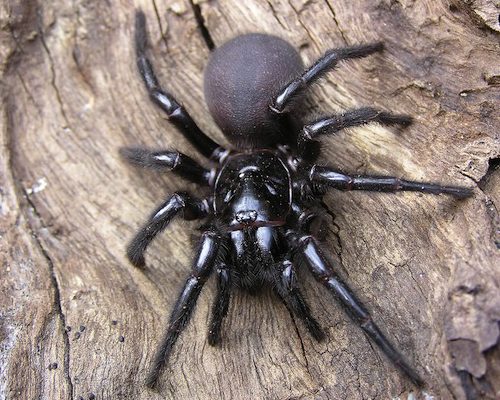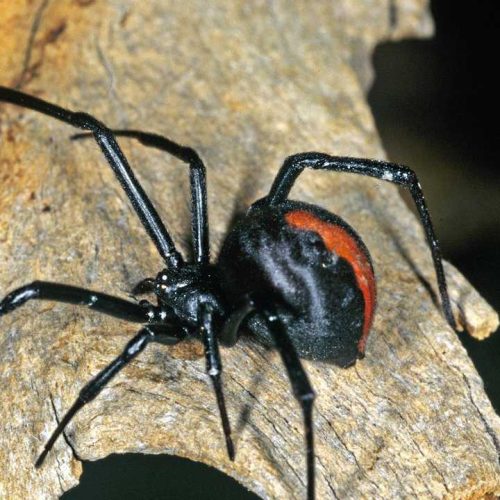The most dangerous land snakes in NSW include the Eastern Tiger, Eastern Brown (common Brown), Death Adder, Mulga and King Brown snake.
Snakes are not naturally aggressive and always prefer to retreat. They will only attack humans if injured, threatened, or provoked and most bites occur when people try to kill or capture them. When walking in the bush, make sufficient noise to scare snakes out of the way.
If you do come across a snake, just calmly walk the other way.



